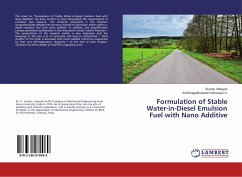In the area of water purification, nanotechnology offers the possibility of an efficient removal of pollutants and germs. Globally, water scarcity is one of the foremost health and environmental challenges faced. Today nanoparticles, nanomembrane and nanopowder used for detection and removal of chemical and biological substances include metals such as copper, lead, nickel, zinc, bacteria, parasites and antibiotics. Nanomaterials reveal good result than other techniques used in water treatment because of its high surface area (surface/volume ratio). It is suggested that these may be used in future at large scale water purification. Electrospinning technique has drawn a lot of interests from many researchers these days. One of the advantages of this technique is in effectively preparing nano size fibers from various organic and inorganic materials which do not form fibers by conventional methods. Nanofibers prepared using electrospinning have been used in many applications due to their large surface area and porous structure.
Bitte wählen Sie Ihr Anliegen aus.
Rechnungen
Retourenschein anfordern
Bestellstatus
Storno

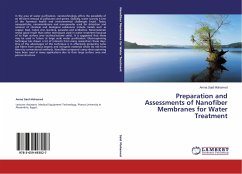
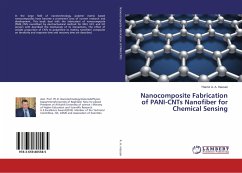
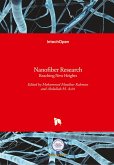
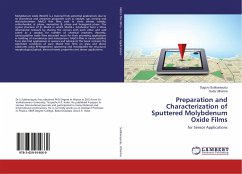
![Effect Of Preparation Conditions On The [Pb,La]TIO3 Ceramics Effect Of Preparation Conditions On The [Pb,La]TIO3 Ceramics](https://bilder.buecher.de/produkte/40/40749/40749126n.jpg)


